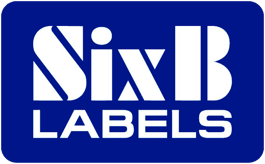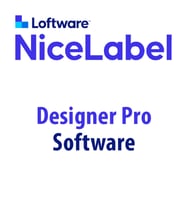Bar codes are very much our lifeblood here at SixB Labels Corporation. We print them, test and verify them, sell them and consult on their production and application. We also sell the label software and the label hardware to allow you, the client, to produce and use them successfully. As sellers and consultants, we can offer you a variety of equipment to support bar code production and we aim to advise our clients on what would be their best purchasing decisions.
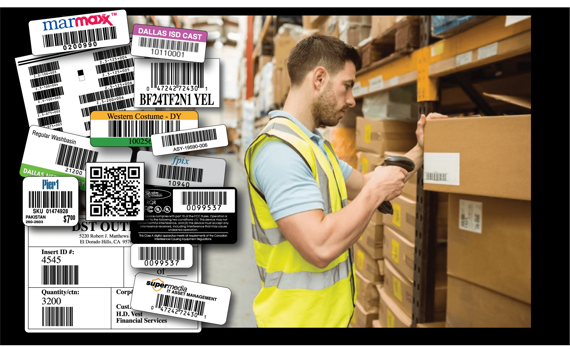
We are often asked about the difference between bar code readers/scanners and bar code verifiers, and we carry both. So to answer these questions, this blog post is intended to take a deeper look at two types of bar code hardware we offer: Bar Code Readers/Scanners and Bar Code Verifiers. We will look at both the differences between them and what each is designed to do.
Barcode Readers: What Are They and What Do They Do?
A 1D ( 1 Dimensional) bar code, or linear code, is a visual black-and-white pattern, using variable-width lines and spaces for encoding information horizontally, left to right. 2D bar codes, on the other hand, look like squares or rectangles that contain many small, individual dots that incorporate a large quantity of information.
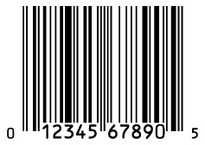 |
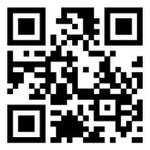 |
| 1D Barcode | 2D Barcode |
A bar code reader, also called a price scanner or a point-of-sale (POS) scanner, is any one of several types of optical scanners designed to capture and read these printed 1D and 2D bar codes. This input device, which may be hand-held or stationary, consists of a light source, a lens and a light sensor for translating optical impulses into electrical signals and uses either a cable or wireless technology, such as Bluetooth or WiFi, to connect the reader with the computer or POS system.
Additionally, bar code readers contain decoder circuitry, either built-in or external, which analyzes the bar code's image data provided by the sensor and sends the bar code's content to the scanner's output port. As the data contained in the bar code is read, it is decoded to a computer in the form of numbers or letters. A software application then translates those symbols into information.
Barcode Readers: How Do You Tell Them Apart?
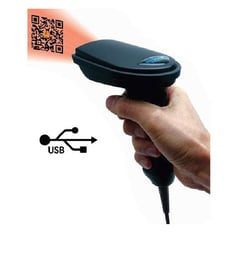
Bar code readers can be distinguished based on their housing design, how they handle data, and what type of merchandise, inventory or equipment they are used to scan. The following is a representative sample.
- A type of bar code reader familiar to many consumers is the handheld scanner they might see while checking out their purchases in a retail store. This type of scanner may feature a trigger button and a light. It is also used in factory and farm automation for quality management and shipping.
- Another type is the in-counter scanner. Like fixed-mount scanners, they are stationary, and most often integrated into retail POS counters, where they can quickly read bar codes on items that pass over them, without the retail worker having to point the scanner or trigger the device.
- For warehouse settings, with a focus on working within the supply chain, there is a handheld terminal that supports long-distance scanning. Referred to as a Portable Data Assistant (PDA) scanner (or Auto-ID PDA,) it features a built-in bar code reader or attached bar code scanner.
Barcode Verifiers: What Do They Do?
Barcode Verifiers are instruments designed to test and grade printed 1D and 2D bar codes, to ensure that they comply with symbology as set out by ANSI and ISO specifications, with the goal of saving money by reducing errors and chargebacks.
Bar code verifiers analyze bar code print quality from multiple points of view, and manage the results numerically by assigning them a quality grade which is typically expressed as a letter grade (A through F) or a numerical equivalent (4 to 0). Typically, a bar code with a grade of C or better is considered a passing code and 100% scannable.
In addition, these bar code verifiers are designed to grade bar codes for all printing methods, including Direct Thermal, Thermal Transfer, Direct Part Mark (DPM) (etched or dot-peened), Inkjet, and Flexographic. 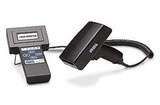
Poor quality bar codes that cannot be read accurately might result in such unfortunate consequences as lost productivity, shipping returns, and costly fines. Ensuring that your printed bar codes meet compliance standards will give you confidence that they will be accepted anywhere, by any scanner.
The use of bar codes that are readable by all parties in the supply chain helps to ensure the movement of goods, from the manufacturer to the wholesaler, retailer, and customer. To save all parties time and money, this movement needs to be as rapid and accurate as possible.
Are You Taking Advantage of Our Barcoding Resources?
As bar code specialists, with over 40 years in the labeling business, we encourage you to contact us about all your bar coding needs. We have the resources here for you, and can offer you a range of options, whether you are looking to buy our bar code printing services or want to print your own.
These include the capacity to print both 1D and 2D bar codes. We also sell bar code printers, Loftware/NiceLabel bar code printing software packages, and such equipment as bar code readers and verifiers. In addition, we are a bar code testing station.
We desire to be the support system you can utilize for all your bar coding projects. Please get in touch with us today to see what we can offer you!
Save Time - Email Us Directly With Your Questions on Barcode Production!
